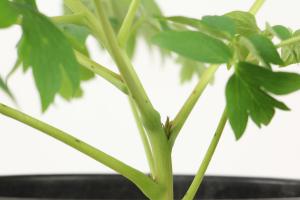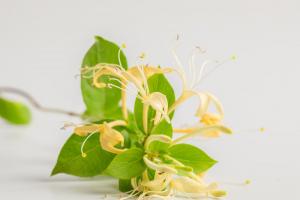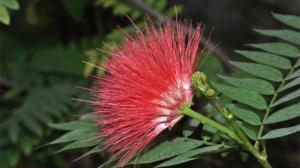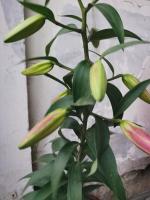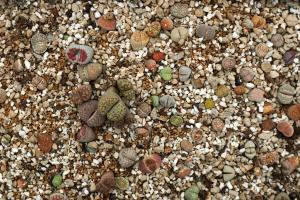Where to Plant Basswood Trees
Basswood trees are known for their beautiful leaves, fragrant flowers, and attractive bark. They are also important for their many uses, including their wood, which is used for furniture and carving, and their flowers, which are used in making tea and honey. If you're thinking about planting basswood trees on your property, it's important to choose the right location. Here are some factors to consider.
Climate and Soil
Basswood trees are native to North America and are typically found in regions with a temperate climate. They can tolerate a wide range of soils, including clay, loam, and sand, but prefer well-draining soils that are slightly acidic. If you live in a region with harsh winters or dry summers, it may be best to choose a different tree species that is better suited to your local climate.
Light and Shade
Basswood trees require full sun to partial shade for optimal growth. If you plant your basswood trees in an area that receives too much shade, they may not grow as quickly or produce as many leaves and flowers. Conversely, if you plant them in an area that receives too much sun, the leaves may become scorch and the tree may become stressed. Before planting your basswood trees, make sure to observe the amount of sunlight the area receives throughout the day.
Space and Size
Basswood trees can grow to be quite large, reaching heights of up to 80 feet and widths of up to 60 feet. As such, it's important to choose a location that has enough space to accommodate your trees as they mature. You should also consider the proximity of your trees to other structures, such as homes, power lines, and roads. Be sure to plant your trees at least 20 feet away from any buildings or infrastructure to avoid damage to both the tree and the structure.
Accessibility and Aesthetics
Finally, it's important to consider the accessibility and aesthetics of your basswood tree planting location. If you plan to use the wood from your trees for furniture or carving, you'll want to make sure they are easily accessible for harvesting. You may also want to consider the aesthetic value of your trees, especially if they will be visible from your home or other areas on your property. Planting your basswood trees in a location that adds visual interest and beauty to your landscape can be rewarding and enjoyable.
In conclusion, planting basswood trees can be a great addition to your property, both for their beauty and their practical uses. When choosing the right location, be sure to consider the climate and soil, the amount of light and shade, the space and size needed for the trees, and the accessibility and aesthetics of the location. With the right considerations in mind, your basswood trees can thrive and provide enjoyment for years to come.

 how many times do yo...
how many times do yo... how many planted tre...
how many planted tre... how many pine trees ...
how many pine trees ... how many pecan trees...
how many pecan trees... how many plants comp...
how many plants comp... how many plants can ...
how many plants can ... how many plants and ...
how many plants and ... how many pepper plan...
how many pepper plan...